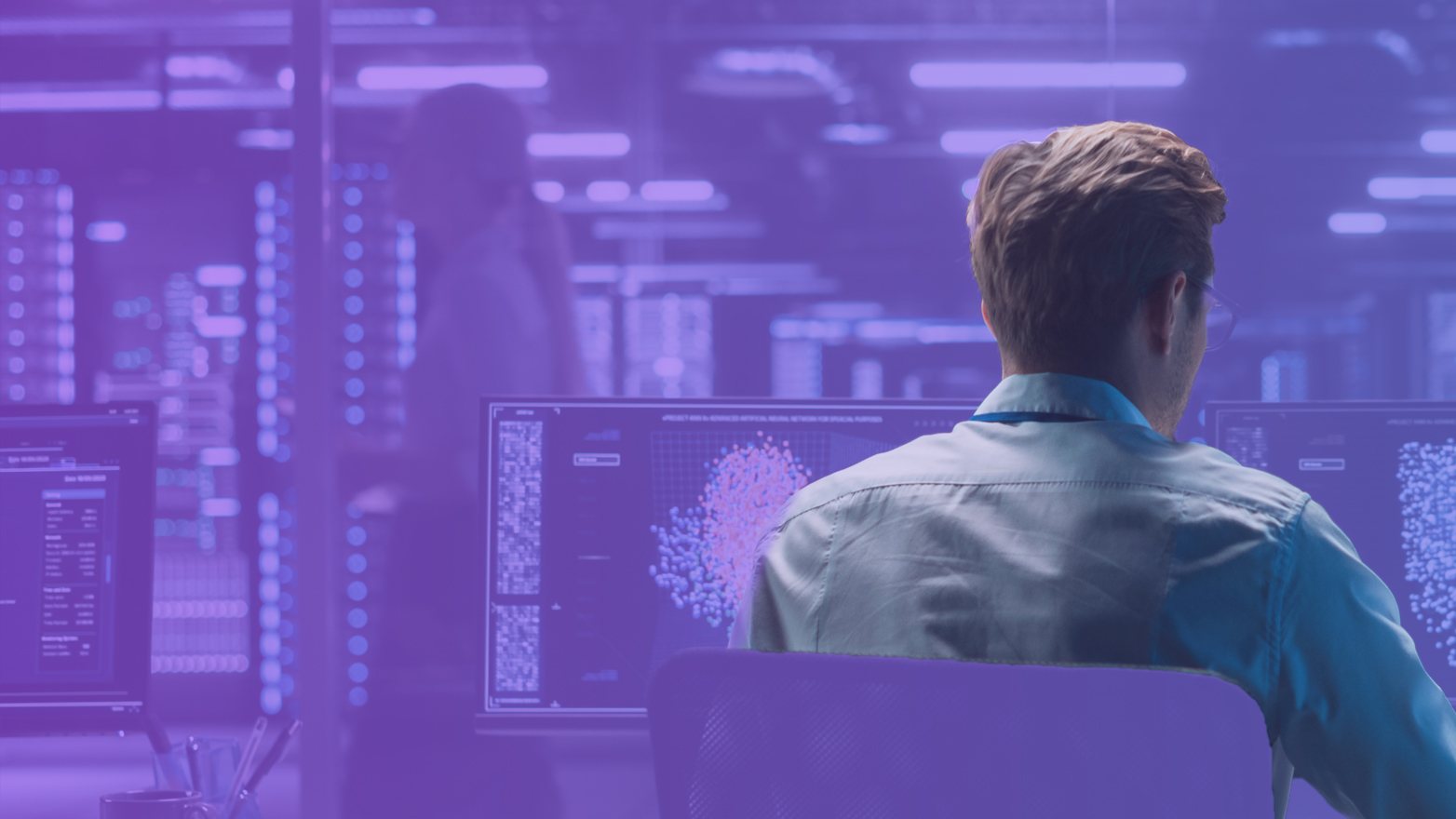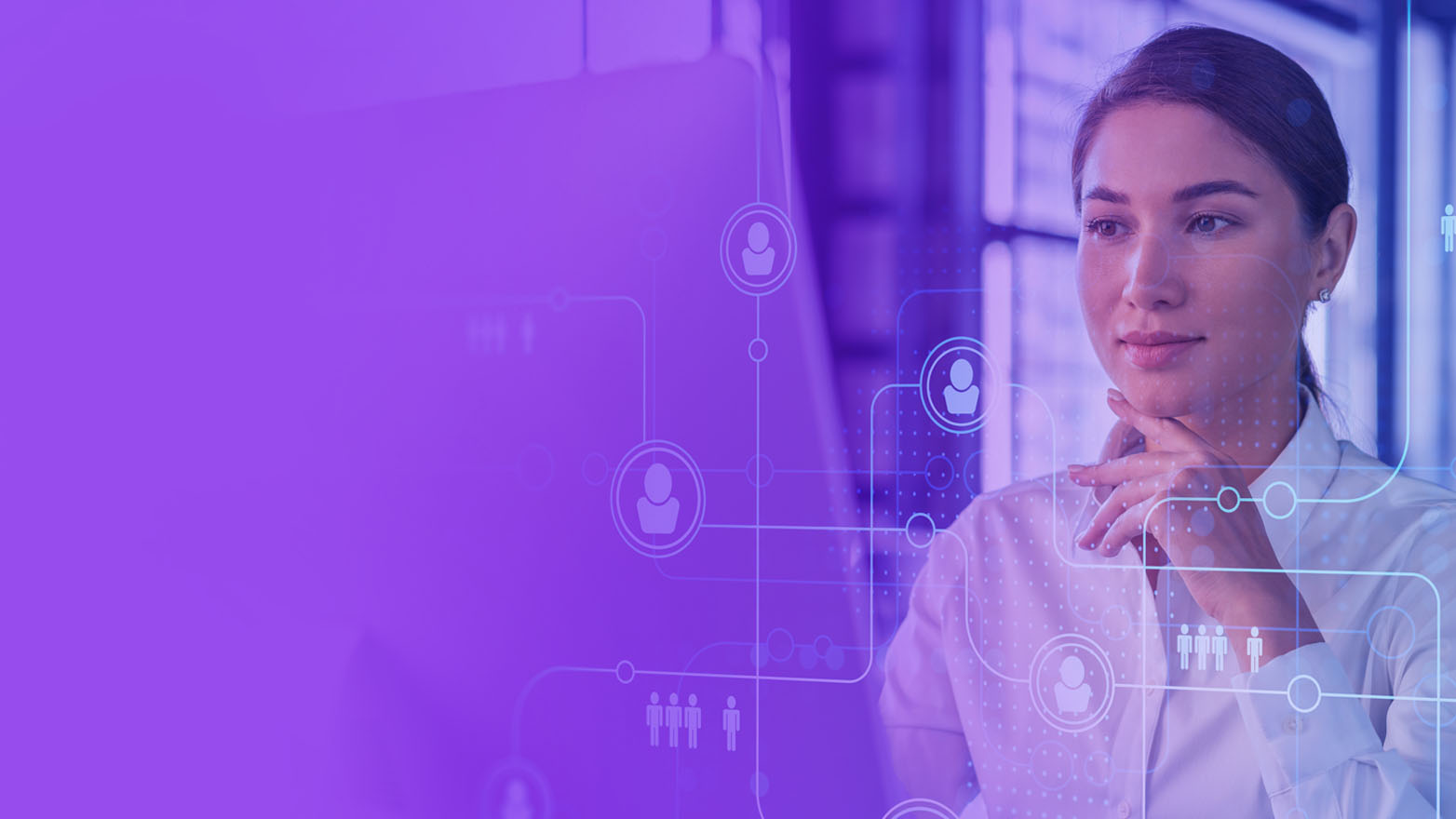Does Gen AI mean the demise of service delivery centers?
Learn how Gen AI’s disruptions—and improvements—to the service delivery model are recalibrating the build-versus-buy equation.

Estimated read time: 5 minutes
As new technologies go, generative artificial intelligence (Gen AI) is on track to be the next GOAT (the “greatest of all-time,” for all you non–Tom Brady fans).
Look no further than a recent KPMG survey on Gen AI, in which three out of four executives expect it to be the most impactful technology in the next 12 to 18 months. That belief is held across industries, with 93 percent of US executives from a wide range of sectors in our survey saying that Al will provide new value to their businesses by making their organizations more productive, efficient, and competitive.
But Gen AI’s impact is not limited to work that happens within the organization. The technology’s “Gen” capabilities promise to further empower knowledge workers and even serve as highly productive “coworkers”—a development that will bring sweeping changes to long-entrenched service delivery models, and the associated resources, skills, and costs.
What’s more, Gen AI has real potential to improve efficiencies and reduce labor needs significantly, particularly in shared services like human resources (HR), finance, procurement, and information technology (IT), as we outline in our new report, “Will Gen AI mean the death of service delivery centers?”
In other words, prepare to watch your build-versus-buy equations go boom.
However, this transformation is not without challenges. Regulatory uncertainties, ethical considerations, and low digital literacy have put organizations at a crossroads. Businesses must be ready for these changes and invest in proper infrastructure and employee education to harness Gen AI’s full potential. Here’s a peek at what to expect and how to prepare.
Big targets, quick wins
Looking for a place to jump into the Gen AI pool? Look no farther than shared services. Across HR, finance, procurement, and IT—particularly within the service centers that these functions rely on—Gen Al has the potential to reshape traditional operating models. A few examples:
1
2
3
4
By using Gen Al, companies may be able to reduce existing delivery center footprints by as much as 80 percent, according to our estimates. AI will not only make shared service workers much more productive, but also enable companies to centralize services that had previously been considered too specialized or reliant on business knowledge, such as contract authoring.
Bottom line: Future decisions to outsource will come down to technical capabilities, rather than scale and labor arbitrage.
We took the GOAT for a ride
Gen Al is already proving to be a powerful tool for the augmentation of knowledge workers’ everyday activities, and it will drive significant changes in workforce roles, skill requirements, headcount, and organizational structures.
Our adoption of Gen Al, KPMG GenAI for Advisory, is a good example. AI is already drafting status reports, compiling summaries of complex contracts, and documenting the outputs from group brainstorming sessions. Our teams are finding new ways to apply it every day to enhance productivity.
We’ve seen a significant reduction in the hours required in tasks that Gen Al supports. This ultimately frees up our people to be more innovative and creative, giving them time to tackle more strategic issues with clients, delivering more value more quickly.
The quality of Al-enabled shared services will support a much higher level of customer intimacy through natural language processing advancements that make customer service interactions more “human” than ever.
The many ways that Gen Al will fundamentally change service delivery centers will ultimately drive a wide array of benefits across an enterprise, all the way to the bottom line. Here are just a few:
1
2
3
4
5
The power inherent in combining natural language processing with large language models means that the hours someone would spend researching or developing a report can now be reduced to the mere minutes required to prompt Gen Al with the request and to review and approve the output.
Perhaps most important, the technology is accessible to everyone, not just to those with programming knowledge.
It’s time to make a plan
Gen Al is here. Its impacts will soon be felt across markets, businesses, and the workforce. The future belongs to organizations that adopt a service delivery framework that leverages the most appropriate internal, external, and blended capabilities.
At the same time, users of Gen Al have a responsibility to prevent harm to customers, businesses, and society. Those risks will grow and evolve as Al technology advances and becomes more pervasive, and as public pressure from regulators increases.
And as an early and enthusiastic advocate, we understand both the promise of Gen Al and the process and cultural changes that are required to realize its full potential safely and responsibly.
Will generative AI mean the death of service delivery centers?
Discover how Gen AI could be the swan song for shared services.
Explore more insights and opportunities:

Supercharge your Finance workforce with GenAI
Knowledge workers in finance have significant opportunities to capture value and reshape the workforce with the use of GenAI

HR holds the keys to creating value from generative AI
Only workforce transformation can deliver the technology’s true operational benefits

Blockchain and generative AI: A perfect pairing?
Blockchain’s ability to decentralize identity and verification could prove invaluable as artificial intelligence carves out a bigger role in content generation.
Meet our team

Subscribe to receive the KPMG Opportunity (In)sight Newsletter
Turn insight into opportunity with unique perspectives and actionable insights addressing the burning issues atop the C-suite agenda. Delivered monthly.